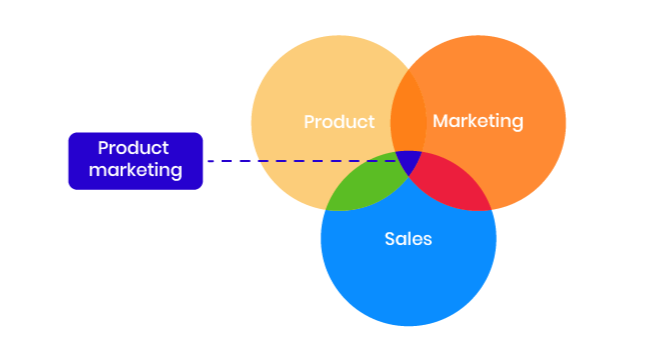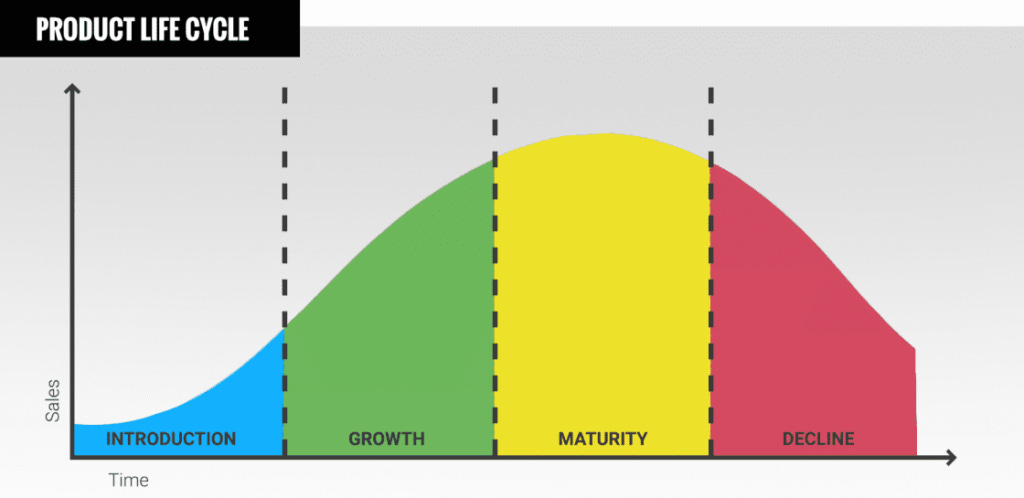Who are Product Marketing Managers? What does a product marketing manager do?
Product marketing is a field that has recently exploded in popularity, especially in the tech industry, where companies both large and small are fighting for the best product marketing manager (PMMs). But what exactly is product marketing, and why is it not just marketing? In this article, we’ll explore the world of product marketing and provide a comprehensive guide for those who are interested in pursuing a career in this field.
What is Product Marketing?
Product marketing is a subset of marketing that focuses specifically on promoting and positioning a product to the target audience. This involves researching the market, understanding the needs and preferences of customers, developing a product positioning strategy, creating messaging and content, and executing campaigns across various channels to drive awareness, adoption, and retention of the product.
Types of Products Product Marketing Managers Work On.
In tech, Product Marketing Managers generally work on three types of products: Business-to-Consumer (B2C), Business-to-Business (B2B), and Business-to-Developer (B2D). B2C products can be further broken down into software (e.g., Google Search, Instagram, Notion) and hardware (e.g., iPhones, Chromebooks, Oculus headsets). B2B products include platforms like Google Ads, Salesforce, and Workday. B2D products like Android and iOS support developers in creating apps and reaching consumers through the Play and App Stores. Some products like Notion offer both B2C and B2B solutions.
How Product Marketing Managers Spend Their Time
The way Product Marketing Managers spend their time varies from company to company and product to product, but typically only 5 to 10% of their time goes into the end result (e.g., a product launch, product growth). 40 to 45% of their time is spent on communication, which involves working with internal stakeholders and external partners to align on a single narrative and ensure creative agencies follow to brand and product guidelines. The remaining 40 to 45% is spent on what PMMs call "Personal undertaking," which includes creating slides to brief the project team, building spreadsheets to track signups, and turning meeting notes into next steps and action items.
Qualities of Strong Product Marketing Managers
Strong Product Marketing Managers possess both hard and soft skills. Hard skills are more relevant for B2B and B2D product marketing roles, where the product is more technical. Soft skills are crucial for all Product Marketing Managers and include strong communication, collaboration, and problem-solving abilities. The ability to think strategically, prioritize tasks, and work under pressure is also essential.
At its core, a Product Marketing Manager is responsible for bringing a product to market successfully. They work closely with product teams, engineering, sales, and other cross-functional teams to develop and execute go-to-market strategies that drive adoption and revenue.
For example, if you want to be a Product Marketing Manager for TikTok Ads, not TikTok but TikTok Ads, it helps if you're either an account manager at TikTok selling the product to businesses or if you use it yourself since you would literally know the strengths and shortcomings of the product.
What makes you a successful Product Marketing Manager?
Moving over to soft skills, there are three critical skills that every Product Marketing Manager should have:
Flexibility - Even if you came up with the perfect idea and you are already executing it, real-time feedback from users and other teams may mean you need to quickly pivot into another direction. So, you can't really let your ego get in the way.
Strong communication skills - Product marketing managers need to know how to manage expectations by over-communicating. You need to learn how to say no without burning bridges.
Analytical mindset - Using data to make decisions really helps PMMs push back effectively against teams that raise a bunch of requests and find that message that really resonates with users.
Role evolves with Product Stage
The responsibility of the Product Marketing Manager changes throughout the product lifecycle. Here are the three stages:
Pre-launch/Introduction - The Product Marketing Manager needs to do a lot of market research to determine what the audience needs and also help decide what features are rolled out first.
Growth - The product is gaining attraction, and here, the Product Marketing Manager really needs to gather feedback from the expanding user base and prioritize the changes that will make the most impact.
Mature - Your product will face a lot more competition, so the Product Marketing Manager has to figure out a way to stay top of mind for users when competitors are offering similar features.
Decline - When you do a good job, as I know you are going to, you will not have to worry about this stage.
For example, if you work on Google Ads, it's a mature product, and your friendly competitors include Facebook Ads, Amazon Ads, Microsoft Ads, and TikTok Ads. So, for one of your campaigns, you can bring other Google products like Play and Cloud together to give your clients a more comprehensive solution.
On a more personal note, being a Product Marketing Manager is exciting, and if you love coming up with and piloting new ideas, you will enjoy it. When you see that event or campaign come to life because of the efforts of you and your team, it really does feel like you're able to create something from nothing.
If you are considering a career as Product Marketing Manager, it's essential to understand the skills required and the stages a product goes through to succeed in this exciting field. If you have any questions or would like to share your experiences as a Product Marketing Manager, please let me know through the orange button on the bottom right.





